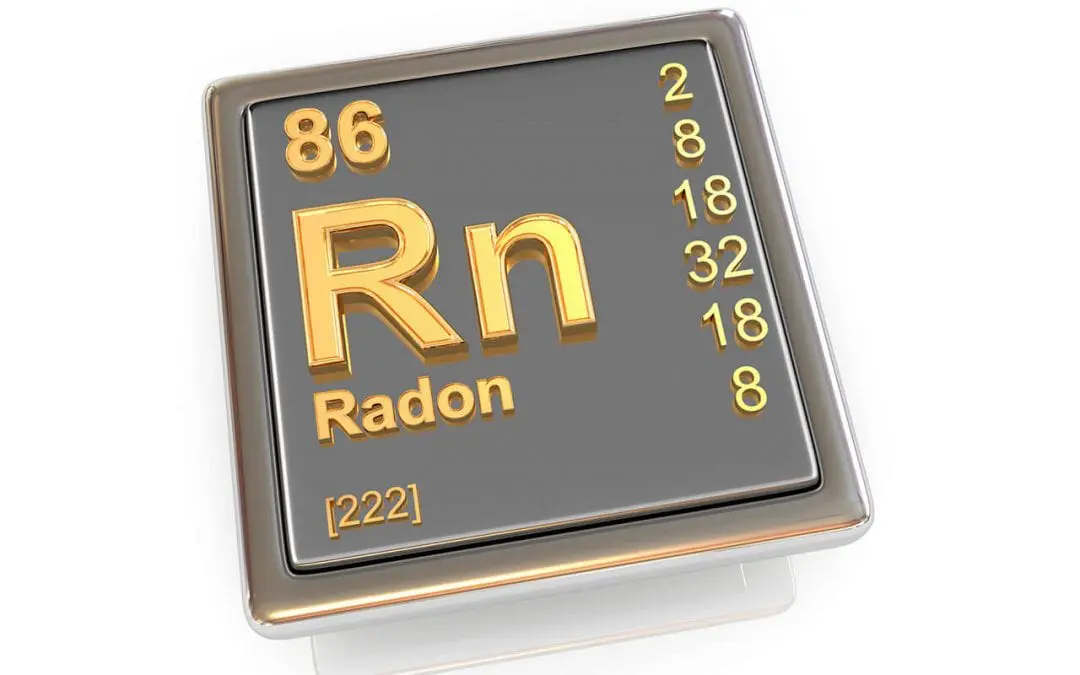Exposure to radon gas is the second leading cause of lung cancer in the United States after smoking. You may already know that radon is unhealthy, but if you want to be proactive, take a look at these five things to know about radon. Learn the risks that radon can pose to your health and what you can do about high levels of radon in the home.
1. What Exactly is Radon?
Radon is a naturally occurring radioactive gas that is formed in rocks, water, and soil. Radon can seep upwards through the ground and enter your living spaces, where it gets trapped and accumulates to unsafe levels.
2. How Does Radon Accumulate in the Home?
Radon enters your home through cracks in your building’s foundation or other openings. It can also be carried through your groundwater supply. Lack of ventilation plays a key part in the accumulation of radon in a house. Lower levels of the home and poorly ventilated areas, like basements and rooms with no windows, are at a higher risk of accumulating harmful amounts of radon.
3. What are the Dangers of Radon in the Home?
Long term exposure to radon can cause serious health consequences over time. Since radon is present in the air, its radioactive particles enter your lungs when you breathe it in. This makes radon the second-highest cause of lung cancer after cigarettes. Unsafe levels of radon gas increase the risk that you or someone in your household will develop lung cancer.
4. How Can You Test for Radon?
Radon gas is undetectable without the use of professional equipment. You cannot see, smell, or taste radon. It can take many years before symptoms of radon exposure are apparent, so you’ll want to be proactive and test as early as possible. For radon testing, it’s best to hire an experienced, professional inspector with quality equipment who can provide a more accurate reading than a store-bought DIY test.
5. How Should You Treat a Radon Problem?
If your radon test results show levels above 4 pCi/L, you’ll want to begin the mitigation process as soon as possible. Contact a radon mitigation professional to help you design a system to lower the levels in your home. A professional will help pinpoint the higher-risk areas in your home and install equipment to make them safe.
Radon is a naturally occurring carcinogenic gas that can make its way from the ground into your home through cracks in the foundation or poor seals. A buildup of this gas greatly increases the risk of developing lung cancer over time.
In order to keep you and your family safe, test for radon and seal openings that allow radon gas to enter your home. Enlist the help of a professional for accurate test results and to properly mitigate high levels of radon.
If you haven’t tested your home for radon gas, contact Anderson Home Inspections for home inspection services and professional radon testing in Central Ohio.

